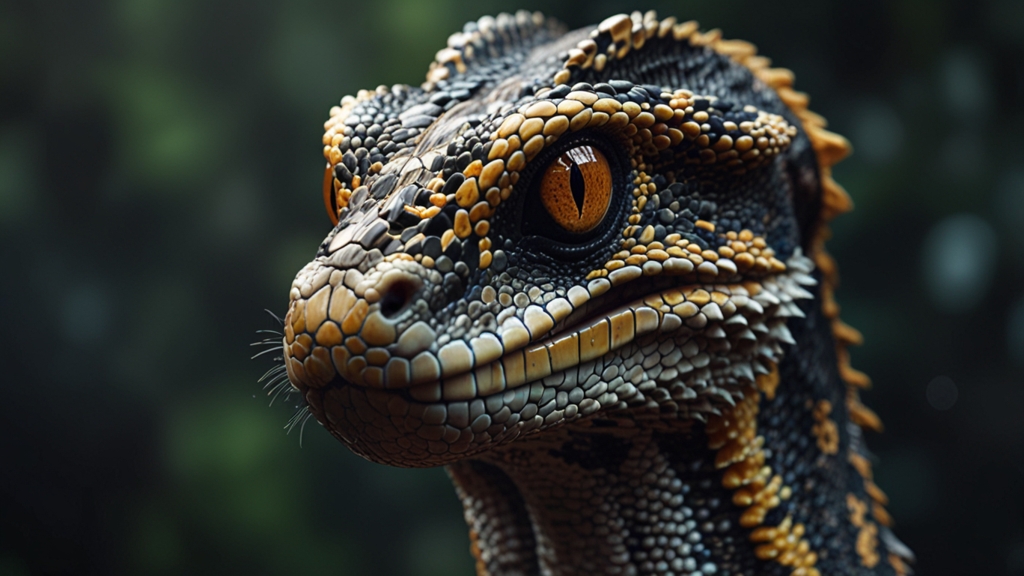Fascinating Facts About the Ocean's Most Mysterious Inhabitants
The ocean, covering over 70% of Earth's surface, is a vast and enigmatic realm teeming with life. Despite our advanced technology, much remains unknown about the creatures lurking in its depths. Here, we dive into the lives of some of the ocean's most mysterious inhabitants, revealing intriguing facts about these enigmatic beings.
Deep-Sea Anglerfish: Lurkers of the Abyss
One of the most bizarre and captivating creatures of the deep is the anglerfish. These extraordinary fish inhabit the deepest, darkest corners of the ocean. The anglerfish is easily identifiable by its unique bioluminescent lure, which dangles over its head. This glowing appendage serves a crucial purpose: attracting prey in the pitch-black depths. Surprisingly, the light is produced by symbiotic bacteria living within the lure.
"It's not merely the anglerfish's appearance that fascinates scientists; it's their reproductive habits. In certain species, the males are significantly smaller than the females. They latch onto the females, eventually merging their bodies and sharing a circulatory system." – Marine Biologist, Dr. Emily Stevens.
Giant Squid: Legends of the Deep
For centuries, the giant squid has intrigued and terrified sailors, often being the inspiration for legendary sea monsters like the Kraken. These elusive creatures can reach lengths of up to 43 feet for females and 33 feet for males. Though rarely seen, evidence of their epic battles with sperm whales, their primary predator, can sometimes be observed in the form of scars and sucker marks on the whales.
The giant squid’s eyes are the largest in the animal kingdom, measuring up to 10 inches in diameter. This adaptation is believed to help them detect objects in the dim light of their deep-sea habitat. Despite their size, much about their behavior remains a mystery, with only a few live sightings recorded by marine researchers.
Vampire Squid: Masters of Disguise
The vampire squid, whose scientific name is Vampyroteuthis infernalis, translating to 'vampire squid from hell,' is neither a squid nor an octopus but shares characteristics of both. This deep-sea dweller possesses a cloak-like webbing of skin connecting its eight arms, giving it a sinister appearance.
Unlike its frightening name suggests, the vampire squid feeds on marine snow – a mixture of detritus, dead plankton, and fecal matter. To evade predators, it employs several defense mechanisms. It can turn itself inside out to display spines on its arms or eject a cloud of bioluminescent mucus, dazzling and confusing attackers.
"It's truly fascinating how the vampire squid adapts and survives in the harsh conditions of the deep sea. Its ability to utilize bioluminescence for both hunting and defense is a testament to the incredible adaptability of deep-sea organisms." – Oceanographer, Dr. Sarah Coleman.
Chambered Nautilus: Ancient Mariners
With a lineage dating back 500 million years, the chambered nautilus is often referred to as a 'living fossil.' These cephalopods are easily recognizable by their beautiful, spiraled shells, which are divided into internal chambers. As the nautilus grows, it moves into a larger chamber, sealing off the previous one, allowing it to control its buoyancy by regulating gas within these compartments.
Despite their seemingly slow and primitive nature, nautiluses are adept hunters, using their retractable tentacles to ensnare prey. Their remarkable longevity and unchanged form provide valuable insights into the evolutionary history of marine life.
Conclusion
The ocean's depths are a frontier of wonder and mystery, home to creatures that challenge our understanding of life and adaptation. From the eerie allure of the anglerfish and the colossal might of the giant squid to the enigmatic beauty of the vampire squid and the ancient resilience of the nautilus, each inhabitant enriches our knowledge and fuels our curiosity. As technology advances, the secrets of these fascinating beings may finally come to light, revealing even more about the incredible diversity of life beneath the waves.









